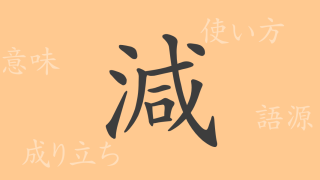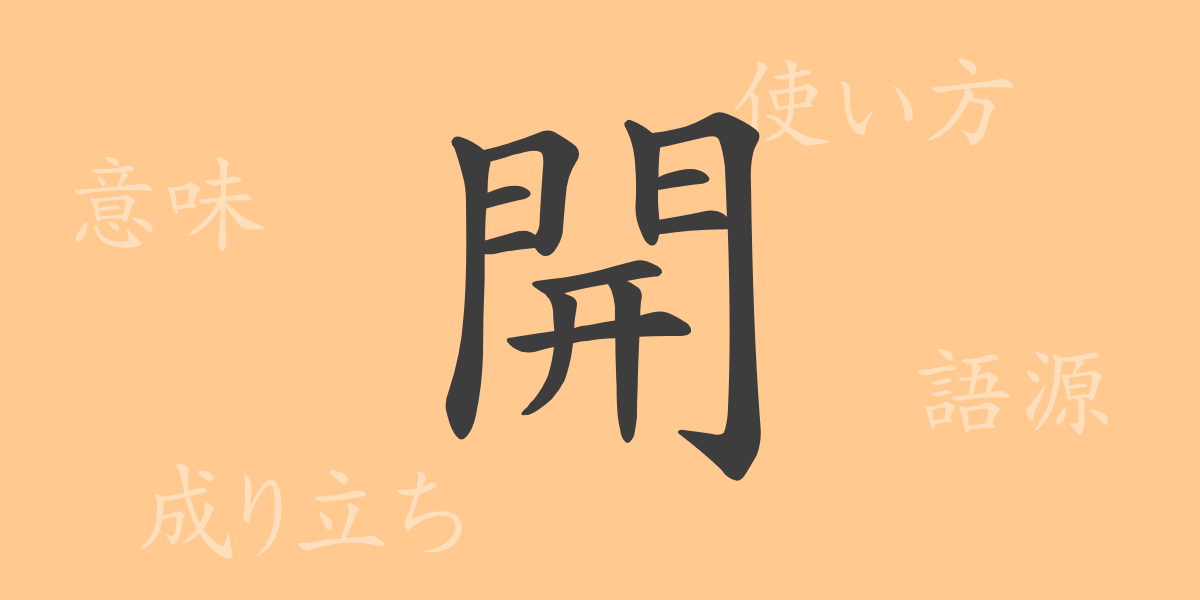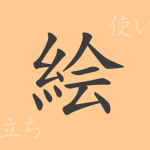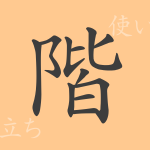The beauty of the Japanese language is reflected in its delicate characters. Each kanji carries a history and meaning that invites us into a deep sea of knowledge. In this article, we will focus on the common Japanese kanji “開” (Kai), exploring its origins and contemporary usage. Through this article, understand the rich expressiveness of “開” and take a new step in your choice of words.
The Origin of 開 (Kanji)
The kanji “開” (Kai), as its shape suggests, represents the action of opening something that is closed. Its origins can be traced back to ancient Chinese oracle bone script, where it was a pictograph resembling the act of opening a gate. Over time, it evolved into a more abstract form, leading to the current character “開” (Kai). This kanji not only signifies the physical act of opening but also encompasses the idea of pioneering new possibilities, making it versatile in expression.
Meaning and Usage of 開
“開” (Kai) carries meanings such as “to open,” “to unlock,” and “to liberate,” and can refer to both physical spaces and abstract concepts. For example, “会議を開く” (Kaigi-wo-hira-ku) means to convene a meeting, while “心を開く” (Kokoro-wo-hira-ku) is a metaphorical expression for opening one’s heart. Understanding the usage of this kanji is important for communication in Japanese, as it is frequently used in daily life.
Readings, Stroke Count, and Radical of 開
The readings and components of the kanji “開” (Kai) are essential information for learners of the Japanese language.
- Readings: Onyomi “かい” (Kai), Kunyomi “ひらく” (Hira-ku), “あく” (A-ku), “あける” (A-keru)
- Stroke Count: A total of 12 strokes
- Radical: 門部 (もんがまえ – Mongamae), the gate radical
Idioms, Phrases, and Proverbs Using 開
There are many idioms, phrases, and proverbs that include the kanji “開” (Kai) in the Japanese language. Here are some examples:
- 開花 (Kaika): Literally means flowers blooming. Metaphorically, it refers to talents or abilities awakening.
- 開眼 (Kaigan): Originally means to endow a Buddhist statue with spiritual power by adding eyes. It has come to mean discerning the truth of matters.
- 開拓 (Kaitaku): Refers to cultivating undeveloped land or starting a new field or business.
- 開放 (Kaihou): Means to open something that was closed and set it free, or to release from restrictions or restraints.
- Phrase “心を開く” (Kokoro- wo- hira-ku): To open up one’s heart to others.
- Proverb “石の上にも三年” (Ishi- no- ue- ni mo -sannen): Perseverance will overcome difficulties, akin to saying that even a rock will open up after three years of sitting on it.
Conclusion on 開
The kanji “開” (Kai) conveys a strong will to start things, to liberate, and to carve out new paths with its simple yet powerful strokes. In Japanese, “開” (Kai) symbolizes not just the literal meaning, but also its metaphorical uses, representing the depth of the language. If this article has helped you to understand the various aspects of “開” (Kai), you will be able to employ richer expressions in your daily use of language.

























